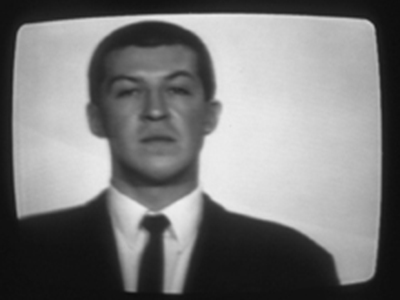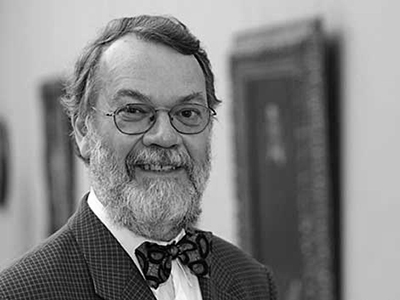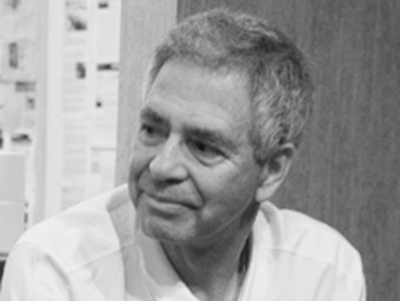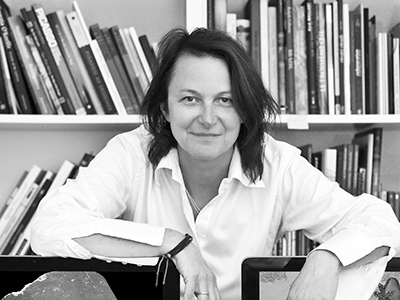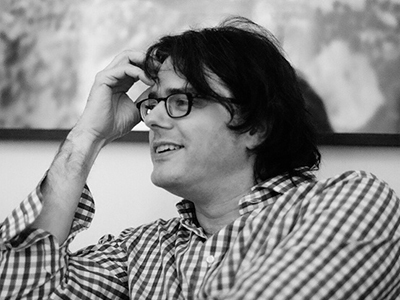ON HOW TO COLLECT AND EXHIBIT VIDEO ART
Speakers:
CANDICE BREITZ / Artist, Professor, Braunschweig University
WULF HERZOGENRATH / Director Fine Arts, Akademie der Künste
CHRISTIAN JANKOWSKI / Artist, Professor, Akademie der Bildende Künste, Stuttgart
SYLVAIN LEVY / Collector, Founder, dslcollection
ELIZABETH MARKEVITCH / Founder, CEO, Ikono TV
IVO WESSEL / Collector, Founder, Videoart at Midnight
moderated by THOMAS ELLER / Curator, Artist, Writer
DURING THE GALLERY WEEKEND
AT
Collegium Hungaricum, Dorotheenstr. 12, 10117 Berlin
28 APRIL 2013
4:00 PM
– FREE and OPEN TO THE PUBLIC –
Video art is still a daunting media for most collectors and art lovers. During Berlin’s Gallery Weekend, MOMENTUM and Collegium Hungaricum will open up a discussion on the topic of why collecting video art is still intimidating, and why the commercial value of time-based media has not measured up to its institutional prominence. MOMENTUM invites a panel of prominent scholars, international collectors, curators, and artists, who each in their own way are active in the field of video art, to address how video can be effectively collected and shown in a diversity of groundbreaking ways. Through the emergence of new technologies, new formats of displaying and presenting video art continue to arise. How do collectors, curators and artists respond to the growing diversity of available media?
MOMENTUM is a non-profit global platform for time-based art, with headquarters in Berlin. Through our program of Exhibitions, Kunst Salons, and Public Video Art Initiatives, Residencies, and Collection, we are dedicated to providing a platform for exceptional artists working with time-based practices.
_______________________________________
This discussion is accompanying MOMENTUM’s SKY SCREEN Program for Video Art in Public Space, concurrently screening at MOMENTUM, Collegium Hungaricum Berlin, and TRAFO – the new Kunsthalle in Szczecin, Poland. SKY SCREEN turns the museum and gallery inside out by bringing museum quality art onto the streets, making it widely accessible and building curiosity and public interest in contemporary art.
In Berlin, SKY SCREEN can be viewed at our usual location at Uslu Airlines overlooking Rosenthaler Platz at the heart of Berlin’s Gallery district, as well as on the media-facade of the Collegium Hungaricum on Museum Island. In Szczecin, SKY SCREEN overlooks the National Art School in an artist-run project space, Odra Zoo. This SKY SCREEN program, MASS AND MESS, is curated by David Szauder and focuses on Hungarian animation and media art. It opens in conjunction with the first TRAFO exhibition in Szczecin, Christian Jankowski’s Eye of Dubai at the National Museum in Sczcecin, and with Gallery Weekend in Berlin.
SPEAKERS:
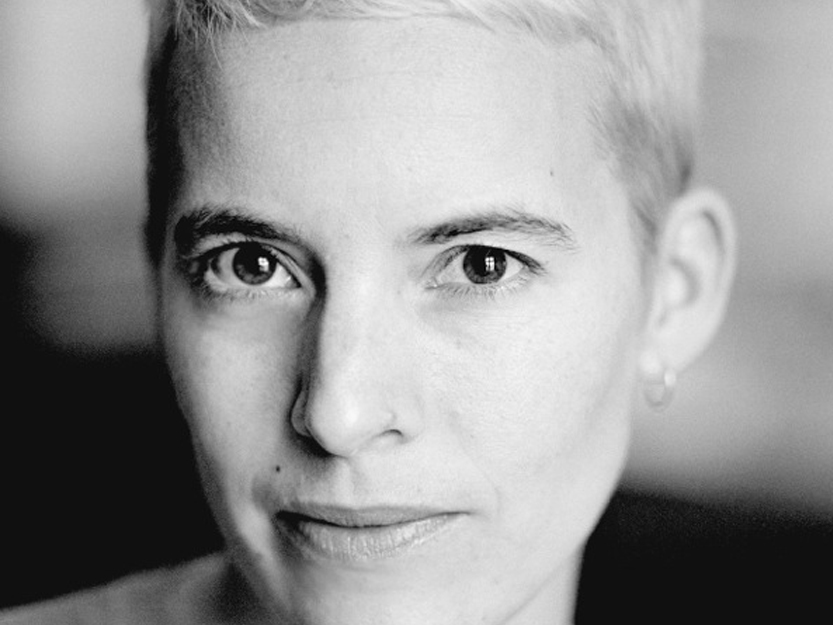
Photo by Jim Rakete
Candice Breitz is a Berlin-based South African artist who works primarily in video and photography. She has been a professor at the Braunschweig University of Art since 2007. Central to her work is the question of how an individual ‘becomes’ him or herself in relation to a larger community, be that community the immediate community that one encounters in family, or the real and imagined communities that are shaped not only by questions of national belonging, race, gender and religion, but also by the increasingly undeniable influence of mainstream media such as television, cinema and popular music. In recent years, solo exhibitions of Breitz’s work have been hosted by the Kunsthaus Bregenz (Austria), Temporäre Kunsthalle Berlin, Baltic Centre for Contemporary Art (Newcastle), Palais de Tokyo (Paris), De Appel (Amsterdam), Musée d’Art Moderne Grand-Duc Jean (Luxembourg), Moderna Museet (Stockholm), Castello di Rivoli (Turin), Collection Lambert (Avignon), Louisiana Museum of Modern Art (Humlebæk), White Cube (London), Bawag Foundation (Vienna), San Francisco Museum of Modern Art, The Power Plant (Toronto), Pinchuk Art Centre (Kyiv), the Wexner Center for the Arts (Ohio), Queensland Art Gallery (Brisbane) and South African National Gallery (Cape Town).
Thomas Eller (born 8 September 1964) is a German visual artist and writer. Born and raised in the German district of Franconia he left Nürnberg in 1985 to study fine art at the Berlin University of the Arts. After his expulsion, he studied sciences of religion, philosophy and art history at Free University of Berlin. During this time he was also working as a scientific assistant at the Science Center Berlin for Social Research (WZB). From 1990 he exhibited extensively in European museums and galleries. In 1995 he obtained his greencard and moved to New York. Next he participated in exhibitions in museums and galleries in the Americas, Asia and Europe. In 2004 he moved back to Germany and founded an online arts magazine on the internet platform artnet. As managing director he developed the Chinese business team and was instituting several cooperations e.g. with Art Basel and the Federal German Gallery Association (BVDG). In 2008 he became artistic director of Temporäre Kunsthalle, Berlin.
Prof. Dr. Wulf Herzogenrath (born in 1944 in Rathenow/Mark Brandenburg) is a freelance curator and lives in Berlin. Herzogenrath took up his first position at the Folkwang Museum in 1973 at the age of 28, making him the then youngest director of a German Kunstverein to date. Following that, he worked from 1973 to 1989 for the Kölnischer Kunstverein, Cologne. In 1976, Herzogenrath curated the first European exhibition showing works by the video pioneer Nam June Paik. In 1977, he was responsible for the video art at the documenta 6 and was also on the management committee for the documenta 8. In 1980, Herzogenrath collaborated with several colleagues to found the working committee of German art associations “Arbeitsgemeinschaft deutscher Kunstvereine,” and was the chair for a period of ten years. From 1989 to 1994, Herzogenrath worked as chief curator for the Berliner Nationalgalerie and developed, among other things, the concept for the Hamburger Bahnhof in Berlin. Herzogenrath has been a member of the department of fine arts at the Akademie der Künste, Berlin since 2006 and has acted as its Director and member of the Academic Senate since 2012. Also in 2006, he was able to realise a project he had dreamt of for some time: “40jahrevideokunst.de” (“40yearsofvideoart.de”), an exemplary panorama selected from 59 historical and contemporary videos ranging from 1963 to the present and shown simultaneously in five museums.
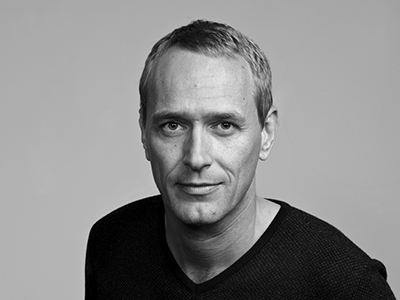
Photo by Jorg Reichard
The work of Christian Jankowski is a performance, which engages often unsuspecting collaborators to innocently collude with him, making them ‘co-authors’ of the final result, who often (sometimes inadvertently) participate in the very conceptualisation of the work. The collaborative nature of Jankowski’s practice is paramount, as each participant unwittingly contributes his or her own texture. With Jankowski, there is as much emphasis on the journey as the destination, and the risks and chances inherent in his collaborations ultimately give surprising shape to the final works. The product of a generation that grew up with the ubiquity of film and television, its inherently populist influence is evident throughout Jankowski’s work. Christian Jankowski lives and works in Berlin.
Sylvain Levy is the Founder and Director of the dslcollection of Contemporary Chinese art. The dslcollection, is a virtual museum, based in Paris, and is open to the public by way of innovative digital media and collaborative practices. The 21st century collector must think beyond established boundaries. Founded by Sylvain and Dominique Levy in 2005, the dslcollection is an art collection that embraces the discovery, study and promotion of the Chinese contemporary artistic and cultural production, be it paintings, sculpture, video art, installations or new media art. The key factors that differentiate the dslcollection are its unique acquisition policy and its use of the latest technology; through technology, the collection is able to achieve greater visibility, upon which to build a strong personality of its own. The dsl collection believes the internet and iPad could be interesting additions to traditional art spaces. The exhibiting principle behind a nomadic art collection, an app or a website is the same: “You do not wait for people to come to you, you go where people are.” The ultimate goal is to create a sustainable identity for the collection within the international art world, a persona that is truly distinctive and not tied to its founding members. Already successfully applied to museums, this concept can just as easily be adopted by a private art collection, preventing its individual character and presence from fading away with the original collectors.
Elizabeth Markevitch is an art professional and the founder of ikono, an international platform of display and broadcasting visual arts. Markevitch started her career in the early eighties as assistant fashion editor for Vogue Hommes and has since served many roles in the art industry: head of the Art Fund, Artemis; head and founder of the art advisory department of J. Henry Schröder Bank; Senior Manager of the painting’s department at Sotheby’s. Markevitch works as an art consultant and has collaborated and curated a wide variety of special art events.
Her passion for exploring new ways to impart and display art while making it accessible to a wider audience became manifest in 1998, when she co-founded the online gallery eyestorm; projects such as „46664 – 1 Minute of Art to Aids“ in 2003 have since followed. Through the 2006 founding of ikono, a collaboration between art historians, curators and cameramen, with artists and art institutions, Markevitch’s vision of building a visual bridge to the arts was realized: The whole world of art is brought to the homes of an international public, reached through the HDTV channels ikonoMENASA and ikonoTV as well as through the web portal www.ikono.org, which reaches 35 million households daily in Germany, Italy and 27 countries across Europe and bordering the Mediterranean Sea.
Ivo Wessel (born in 1965 in Paderborn, Germany) lives and works in Berlin as a software developer and art collector. Since his early school years, he has had, in addition to his engagement with computers and electronics, an interest in literature and contemporary – particularly video and conceptual – art. Works from his art collection have been shown in the Kaiserslautern, the Literaturhaus, Berlin, the Kunsthalle Kiel, the Kunstverein Göttingen, and at the Galerie der Stadt Sindelfingen. Wessel additionally writes books on the development and design of computer software, and has authored a book series, “Sur la lecture,” in partnership with Reiner Speck and Michael Magner with the help of the German Marcel Proust Society. His publications also include works on iPhone programming and e-art-apps. In collaboration with Olaf Stüber, Wessel has established the video art series “Videoart at Midnight” at the Kino Babylon.
IN COLLABORATION WITH

The Collegium Hungaricum, founded in 1924, is a prominent multidisciplinary cultural institution dedicated to the exploration of art, science, technology and lifestyle in Berlin. The mission of the CHB is to actively stimulate discourse pertaining to current issues, ideas and concepts, in order to further enrich the dialogue surrounding the European cultural experience while simultaneously disseminating Hungarian culture through various events.
The institute has been operating since the Second World War and is regarded as leading a wide array of programming including concerts, literary events, book fairs, photo exhibitions, film screenings, festivals, art exhibitions, technical installations, symposiums, workshops, panel discussions while also hosting an in house public library with over 9000 individual pieces of varying media. The Neubau CHB is a five floor cubist building designed by Schweger Architects in 2007 with a focus on harmonizing trends in Hungarian and German modern design. The structure acts as a highly flexible media facade of which the possibilities for artistic interaction remain limitless.
The Collegium Hungaricum is a part of the Balassi Institute for the promotion of Hungarian culture and also acts as host to the Moholy-Nagy Galerie.
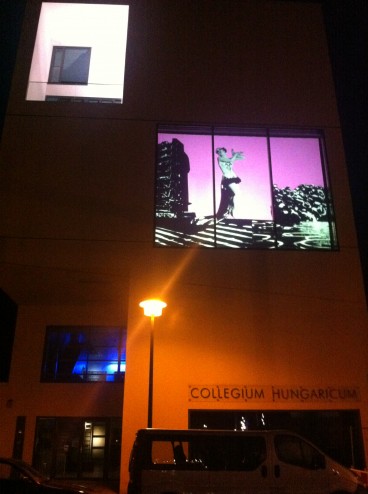
AND IN PARTNERSHIP WITH

Baltic Contemporary is a newly founded centre for Contemporary Art, located in Szczecin, with the mission to link Szczecin with cultural institutions in the Baltic region and beyond, while hosting its own programme of contemporary art. TRAFO is the Kunsthalle associated with this initiative, which will open in August 2013.
TRAFO – Trafostacja Sztuki – is the new center for contemporary art in Szczecin.
TRAFO sets a new creative space of unrestrained activity and interdisciplinary experimentation.
TRAFO, using its cross-border location within the Baltic Sea region and the immediate vicinity to Berlin, becomes a transregional, international exhibition space.
TRAFO is a unique “display window,” through which it communicates its artistic appearance with the world, and through which the world can co-create the artistic appearance of Szczecin.
TRAFO supports the development of contemporary art on many different levels by organizing not only exhibition activities, but also art education, publishing, international collaboration and artistic exchange under Artist-in-Residence program.
TRAFO will provide visitors with a brand new, exceptional exhibition space in the now restored historic building in ul. Świętego Ducha in Szczecin.


 Back to Homepage
Back to Homepage